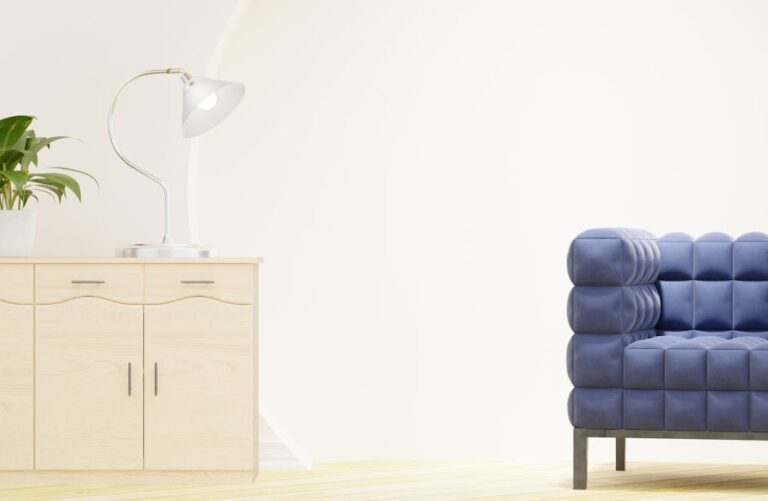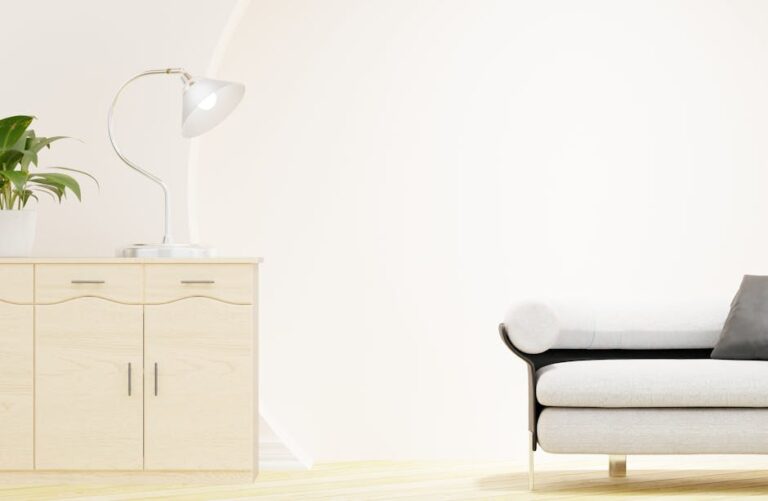
How to Let Go of Unnecessary Possessions: A Comprehensive Guide to Decluttering and Finding Freedom
The weight of unnecessary possessions can be a significant burden, impacting not only our physical space but also our mental well-being. Holding onto items we no longer need, use, or love can lead to clutter, stress, and a feeling of being overwhelmed. Learning to let go is a skill that can liberate you from this burden and pave the way for a more organized, mindful, and fulfilling life. This comprehensive guide provides actionable strategies and psychological insights to help you declutter your home and your mind.
Understanding the Psychology of Holding On
Before diving into practical decluttering methods, it’s crucial to understand why we hold onto things we don’t need. Several psychological factors contribute to this tendency:
-
Sentimental Value: Items associated with cherished memories, people, or experiences often evoke strong emotions. The fear of losing the connection to these memories can make it difficult to part with the object, even if it’s no longer useful.
-
Fear of Regret: The worry that you might need an item in the future, even if the probability is low, can lead to hoarding. This fear is often fueled by past experiences of needing something you previously discarded.
-
Sunk Cost Fallacy: This cognitive bias refers to our tendency to continue investing in something, even if it’s no longer beneficial, simply because we’ve already invested time, money, or effort into it. This can apply to items we purchased but never used or to hobbies we’ve lost interest in but still have the equipment for.
-
Identity Association: We often associate our possessions with our sense of self. Holding onto trophies from past achievements, clothing that reflects a former lifestyle, or books that represent our intellectual aspirations can be tied to our identity. Letting go of these items can feel like letting go of a part of ourselves.
-
Perceived Value: We might overestimate the monetary or sentimental value of an item, leading us to believe it’s too precious to discard. This is particularly true for inherited items or antiques, even if they don’t fit our current lifestyle or aesthetic.
-
Emotional Attachment: Some individuals develop strong emotional attachments to inanimate objects, imbuing them with personality and significance. This can stem from loneliness, insecurity, or a deep-seated need for comfort.
Practical Decluttering Strategies
Once you understand the psychological factors at play, you can begin to implement practical decluttering strategies:
-
Start Small and Set Realistic Goals: Overhauling your entire home at once can be overwhelming and lead to burnout. Begin with a small, manageable area, such as a drawer, a shelf, or a single category of items (e.g., books, clothes). Set realistic goals for each session, such as decluttering for 30 minutes or filling one donation box.
-
The Four-Box Method: This method involves designating four boxes labeled “Keep,” “Donate/Sell,” “Trash,” and “Relocate.” Go through each item in your chosen area and place it in the appropriate box. Be honest with yourself about the item’s usefulness, sentimental value, and condition.
-
The 20/20 Rule: If you’re hesitant to part with an item because you might need it “someday,” ask yourself if you could replace it for less than $20 and within 20 minutes. If the answer is yes, it’s likely not worth keeping.
-
The One-In, One-Out Rule: For every new item you bring into your home, get rid of a similar item. This helps maintain a balance and prevents clutter from accumulating.
-
The Reverse Hanger Trick: Hang all your clothes in the closet with the hangers facing the same direction. After wearing an item, turn the hanger in the opposite direction. After a year, donate or sell any clothes that are still hanging with the original hanger direction.
-
Focus on Functionality and Usefulness: When evaluating an item, ask yourself if you use it regularly, if it serves a practical purpose, and if it enhances your life. If the answer to all three questions is no, it’s likely time to let it go.
-
The “Would I Buy This Again?” Test: If you were shopping today, would you purchase the item again? If not, it’s a good indication that you no longer need it.
-
Address Sentimental Items Last: Sentimental items are often the most challenging to declutter. Save them for last, once you’ve built momentum and confidence with less emotionally charged items.
-
Take Photos of Sentimental Items: If you’re struggling to part with an item due to sentimental value, consider taking a photo of it. This allows you to preserve the memory without keeping the physical object. Create a digital scrapbook or photo album to store these images.
-
Enlist a Friend or Professional Organizer: Having an objective third party help you declutter can provide valuable perspective and support. A friend or professional organizer can help you identify items you no longer need and stay on track with your decluttering goals.
Addressing Sentimental Clutter
Sentimental clutter requires a more nuanced approach. Here are some strategies for dealing with items that hold emotional significance:
-
Acknowledge Your Feelings: Recognize and validate the emotions associated with the item. Don’t dismiss your feelings or try to force yourself to get rid of something you’re not ready to let go of.
-
Ask Yourself Honest Questions: Explore the reasons why you’re holding onto the item. Is it truly bringing you joy, or is it simply a reminder of a past that you’re clinging to?
-
Reframe Your Perspective: Consider whether holding onto the item is honoring the memory or hindering your ability to move forward. Sometimes, letting go can be a way of releasing the past and creating space for new experiences.
-
Repurpose or Upcycle: If you can’t bear to part with an item, consider repurposing or upcycling it into something new and useful. This can give the item a new life and allow you to continue enjoying it in a different way.
-
Create a Memory Box: Designate a small box or container specifically for sentimental items. Limit the number of items you can keep in the box, forcing you to be selective about what you truly cherish.
-
Share the Item with Someone Who Will Appreciate It: If the item holds sentimental value for someone else, consider giving it to them. This can bring joy to another person and ensure that the item is appreciated.
Maintaining a Clutter-Free Lifestyle
Decluttering is an ongoing process, not a one-time event. To maintain a clutter-free lifestyle, adopt these habits:
-
Regular Decluttering Sessions: Schedule regular decluttering sessions, even if it’s just for 15 minutes a week. This helps prevent clutter from accumulating and keeps your home organized.
-
Be Mindful of Your Purchases: Before buying something new, ask yourself if you truly need it, if you have space for it, and if it will add value to your life. Avoid impulse purchases and consider the long-term consequences of your buying decisions.
-
Embrace Minimalism: Explore the principles of minimalism and consider incorporating them into your lifestyle. Minimalism is about living with less and focusing on experiences rather than possessions.
-
Focus on Experiences: Prioritize experiences over material possessions. Invest in travel, hobbies, and relationships that bring you joy and fulfillment.
-
Practice Gratitude: Appreciate what you already have and be content with your possessions. This can reduce the desire to acquire more things and help you maintain a clutter-free lifestyle.
The Benefits of Letting Go
Letting go of unnecessary possessions can have a profound impact on your life. Some of the benefits include:
-
Reduced Stress and Anxiety: A clutter-free environment can reduce stress and anxiety levels, promoting a sense of calm and well-being.
-
Increased Productivity: A more organized space can improve focus and concentration, leading to increased productivity and efficiency.
-
Improved Mental Clarity: Clearing out physical clutter can also clear out mental clutter, allowing for greater clarity and focus.
-
More Time and Energy: Spending less time cleaning, organizing, and searching for things can free up time and energy for more meaningful activities.
-
Greater Financial Freedom: By being more mindful of your purchases and decluttering regularly, you can save money and achieve greater financial freedom.
-
Enhanced Creativity: A clutter-free environment can stimulate creativity and allow for new ideas to emerge.
-
Increased Self-Confidence: Successfully decluttering your home can boost your self-confidence and provide a sense of accomplishment.
-
Improved Relationships: A less cluttered home can create a more inviting and harmonious environment for family and friends.
-
Greater Sense of Freedom: Letting go of unnecessary possessions can create a sense of freedom and liberation, allowing you to live a more intentional and fulfilling life.
Decluttering is a journey, not a destination. Be patient with yourself, celebrate your progress, and embrace the freedom and peace that comes with living a less cluttered life.
